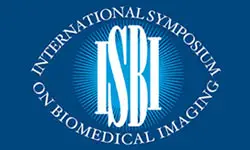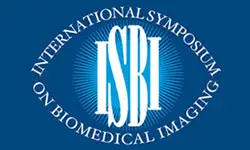Fusing Joint Features of Eeg Brain Functional Connectivity Networks for Anxiety Recognition
Cancheng Li
-
Members: FreeSPS
IEEE Members: $11.00
Non-members: $15.00Length: 00:02:09
21 Apr 2023
Anxiety is one of the common mental disorders affecting adolescents, and about 5%-20% of adolescents worldwide are suffering from anxiety disorders. Currently, traditional diagnostic methods for anxiety disorders rely heavily on clinical DSM-IV scale screening. Functional connectivity networks as a new type of electroencephalogram (EEG) biomarker has been successfully applied to adolescent anxiety screening. Whereas the previous studies have only analyzed anxiety disorders from a single dimension, and easily overlooked the spatiotemporal covariation characteristics and physiological significance of frequency bands of EEG in anxiety disorders. Therefore, in this paper, we apply the group sparse canonical correlation analysis to joint feature learning (GSCCA JF) for accurate diagnosing and exploring the internal mechanism of the disease. The experimental results show that this method achieves good classification performances compared to other competing methods. In brief, the proposed method can be used to accurately screen and diagnose adolescent anxiety disorders at an early stage, which provides it clinical value.



